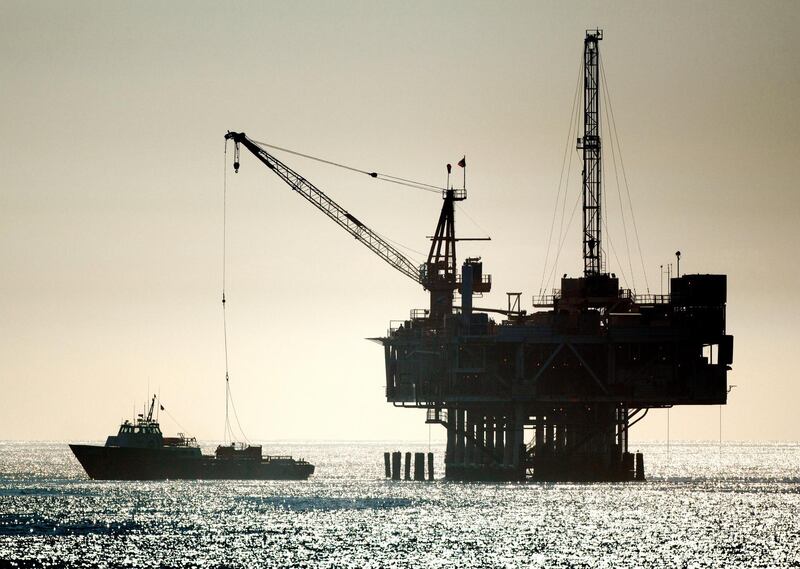Mena governments have savings of about $180 billion that can help countries, especially oil exporters, implement reforms as higher oil prices lower fiscal deficit projections, the World Bank said in a report.
Arabian Gulf governments, which fell into deficit over the last three years as oil prices plunged, are expected to narrow the shortfall this year on the back of robust oil prices that are hovering at a four-year high above $80 a barrel. Mena countries, which posted a cumulative fiscal deficit of 10.7 per cent of gross domestic product or $329bn in 2016, are expected to have a shortfall of 4.5 per cent of GDP or $155bn this year.
“The nearly $180 billion the governments, predominantly oil exporters, have saved increases fiscal space, enabling the governments to continue economic reforms,” the Washington-based lender said in the report.
Governments across the Arabian Gulf started implementing reforms after the oil price crash of 2014 to help narrow fiscal deficits. These reforms included lowering spending, increasing energy and electricity prices, and introducing taxes, including five per cent VAT in Saudi Arabia and the UAE.
_____________
Read more:
[ Higher oil prices and increased government spending prompt IMF to raise UAE growth outlook ]
[ Tomorrow 2021 is a boon for international investor confidence in the UAE ]
_____________
The higher savings will help Gulf countries carry forward economic stimulus plans aimed at nudging growth which languished as governments tightened spending and oil prices remained lacklustre.
Abu Dhabi for example announced this year plans to spend Dh50bn over a three-year period as part of reforms aimed at propelling economic growth, creating jobs and diversifying income away from oil.
Saudi Arabia, the world’s biggest oil exporter, announced last year a 200bn riyal stimulus package to be spent over four years.
Gulf countries are also expected to return to growth this year of 2 per cent in 2018 after contracting 0.3 per cent last year amid Opec members’ compliance with global oil output cuts that lowered several GCC countries’ crude production. The so-called Opec+ group, which includes members of the oil cartel and other producers outside the organisation led by Russia, agreed in June to reverse the cuts initiated in January last year and ramp up production amid the recovery of oil prices and demand.
“The planned reversal of ‘Opec+’ mandated production cuts after 2018, an oil price recovery, improved oil production capacity, and recent stabilisation policies and reforms including the introduction of a 5 percent value-added and other tax changes, and reduction of fuel subsidies are expected to contribute positively to the economic recovery in the group [of GCC countries],” the World Bank said.
The UAE, the second-biggest Arab economy, had a GDP that grew 0.8 per cent last year and is forecast to expand 2 per cent this year, 3 per cent in 2019 and 3.2 per cent in 2020, according to the World Bank’s latest forecast.
The World Bank’s forecast for the UAE is lower than that of the International Monetary Fund, which is projecting 2.9 per cent this year and 3.7 per cent in 2019.
Saudi Arabia, the biggest Arab economy, contracted 0.9 per cent last year and is projected to expand 2 per cent this year, 2.1 per cent in 2019 and 2.2 per cent in 2020.
Overall, Mena countries are forecast to grow 2 per cent this year, up from 1.4 per cent in 2017, mainly thanks to recovery in GCC countries.
However, the 2018 and 2019 growth forecast for Mena is lower than the bank’s April projection by one percentage point partly because of “the possible adverse effect of the resumption of US sanctions on the Iranian financial sector and oil exports, which were lifted two years ago.”






